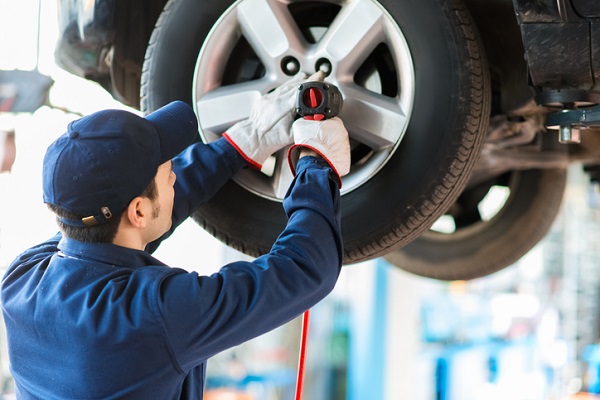How Auto Mechanic Training Can Help You Prevent Wheel Separations
Wheel separations pose a serious danger to motorists. When a wheel separates from a car or truck on a highway, for example, it can roll or bounce at nearly the same speed as the vehicle it’s just detached from—becoming a loose, fast-moving projectile that can easily strike the hood or windshield of other oncoming vehicles. This can potentially cause significant damage to both the vehicle and its occupant.
Despite the dangers posed by wheel separations and the fact that they can be avoided with proper installation and maintenance, however, they still occur fairly regularly. In fact, there were 135 wheel separations reported in Ontario alone in 2016.
Here’s how auto mechanic training can help you prevent wheel separations and keep drivers safe.
Understanding the Causes of Wheel Separation
In order to prevent wheel separations, it’s important to understand what causes them. Wheels are installed on threaded studs, with nuts that are tightened against them to hold the tire securely in place. The pressure exerted by the nuts to hold the wheel in place is what’s known as the clamping force. This is where the problems arise.
If the clamping force is lost or insufficient, then the nut can loosen as it gradually comes unscrewed. Even if the nut stays on, the loose fitting can cause the wheel to wobble, widening the mounting hole and weakening the stud. If the stud breaks, or the nut falls off, this can result in wheel separation.
How to Avoid Wheel Separations after Auto Mechanic Training
The key to avoiding wheel separation is to ensure that the nut is properly fitted to the stud and applying the correct amount of pressure. In order to do this after auto mechanic training, you’ll want to check the manufacturer’s specifications and use a torque wrench to verify that the specified amount of torque is used when installing the wheel, and that the correct clamping force is achieved.
It’s also recommended that after installing new wheels, the nuts are re-torqued after the vehicle has been driven a certain distance, often around 50 to 100 kilometres. This re-torquing can be completed without removing the wheels or even raising the vehicle, and is essential in ensuring that the necessary level of clamping force is maintained and that the wheel stays securely fastened to the studs, so clients should always be reminded to bring their vehicles back in after the appropriate distance has been covered.
Over-tightening and Contaminants Can Also Reduce Clamping Force
Loose nuts are not the only cause of wheel separations, however. Over-tightened nuts can also cause problems by stretching the stud, or cracking the wheel nut, which can also result in low clamping force. Likewise, oil and debris in the joint might reduce clamping force as it settles or works its way out, so after auto mechanic training school, you’ll want to ensure that any contact surfaces are completely free from dirt, rust, grease, or other contaminants when replacing wheels.
By following the manufacturer’s specifications when it comes to the level of torque needed, cleaning surface areas, and ensuring that customers return for re-torquing, mechanics can greatly reduce the risk of wheel separation.
Are you ready to begin training for a new career as a mechanic?
Contact CATI to learn how to become an auto mechanic.



